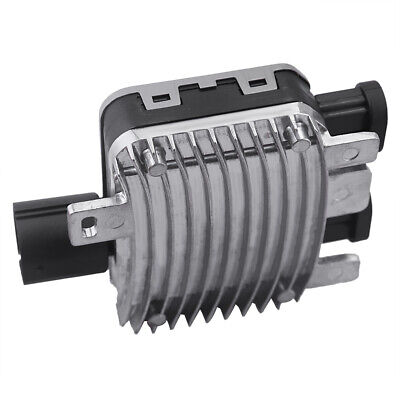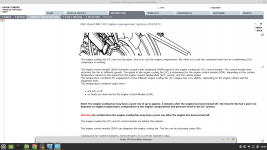WMIF
Member
- Joined
- Dec 4, 2020
- Member Number
- 3111
- Messages
- 23
Hey all,
I have a couple salvaged high power fans from volvo s60 cars. They had a computer box directly attached that I assume was controlling the speed of the fan. My truck is obviously not a volvo, so the box went away. The fans operate great with just straight 12v. I got a temperature fan speed controller from amazon with 2 relays - low and high speed. I wired the fans in to run in series on the low setting, and then in parallel on the high setting.
Testing the fans on the bench went great and I saw about 25 amps from a single fan on full speed once it settles in. When in series, they collectively cruise about 20 amps. All within specs of the relays and fuses for the fan controller.
Once installed on my truck, I start popping fuses when it goes directly to the high setting (either using the AC/manual turn on wire, or if the temp is high enough when turning the key on). I mean POP too. Get a meter on it, and I see a single fan pull about 100 amps while starting. Duh. My bench power supply was limiting current, so I didn't get the inrush to start them. My group 65 odyssey on the other hand is happy to give it all.
Finally the question:
Is there some already built standalone device that I can wire into the high side to limit the current during this startup?
I have a couple salvaged high power fans from volvo s60 cars. They had a computer box directly attached that I assume was controlling the speed of the fan. My truck is obviously not a volvo, so the box went away. The fans operate great with just straight 12v. I got a temperature fan speed controller from amazon with 2 relays - low and high speed. I wired the fans in to run in series on the low setting, and then in parallel on the high setting.
Testing the fans on the bench went great and I saw about 25 amps from a single fan on full speed once it settles in. When in series, they collectively cruise about 20 amps. All within specs of the relays and fuses for the fan controller.
Once installed on my truck, I start popping fuses when it goes directly to the high setting (either using the AC/manual turn on wire, or if the temp is high enough when turning the key on). I mean POP too. Get a meter on it, and I see a single fan pull about 100 amps while starting. Duh. My bench power supply was limiting current, so I didn't get the inrush to start them. My group 65 odyssey on the other hand is happy to give it all.
Finally the question:
Is there some already built standalone device that I can wire into the high side to limit the current during this startup?



